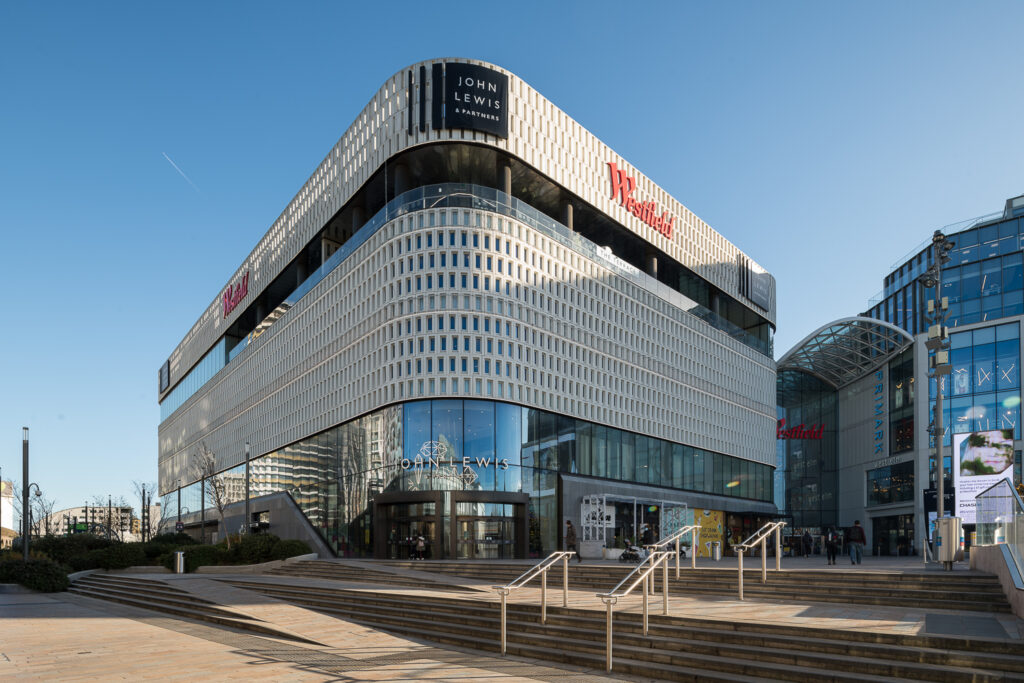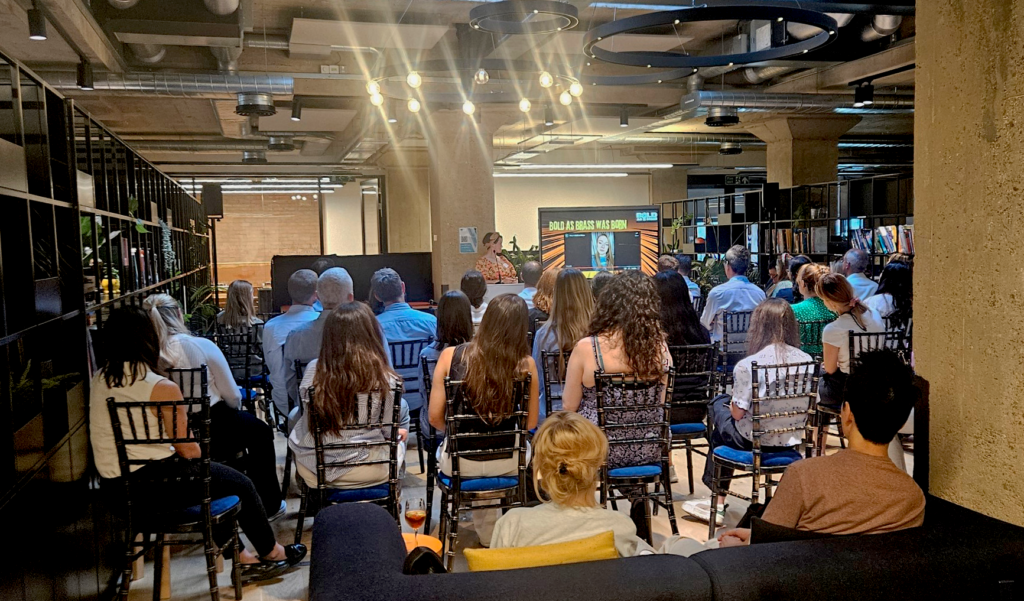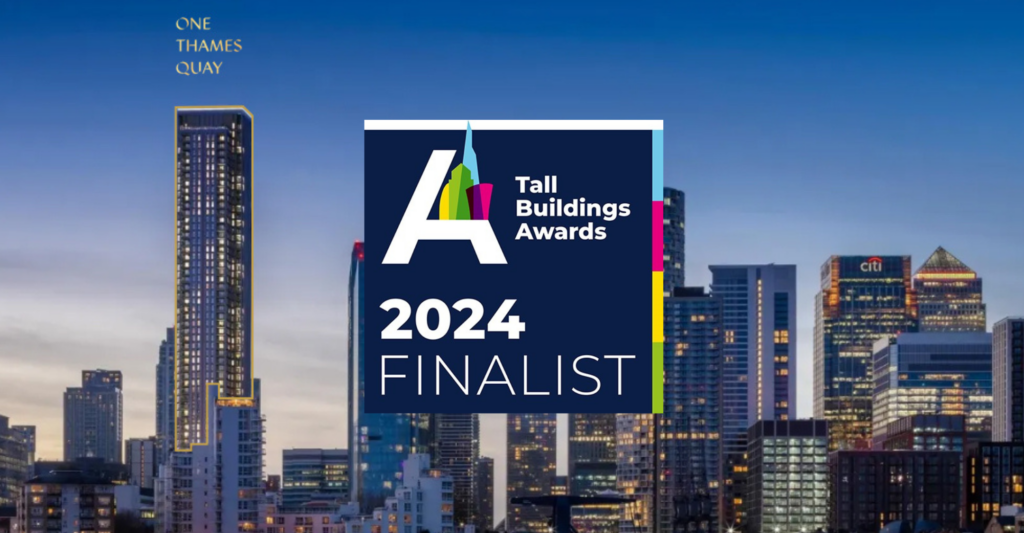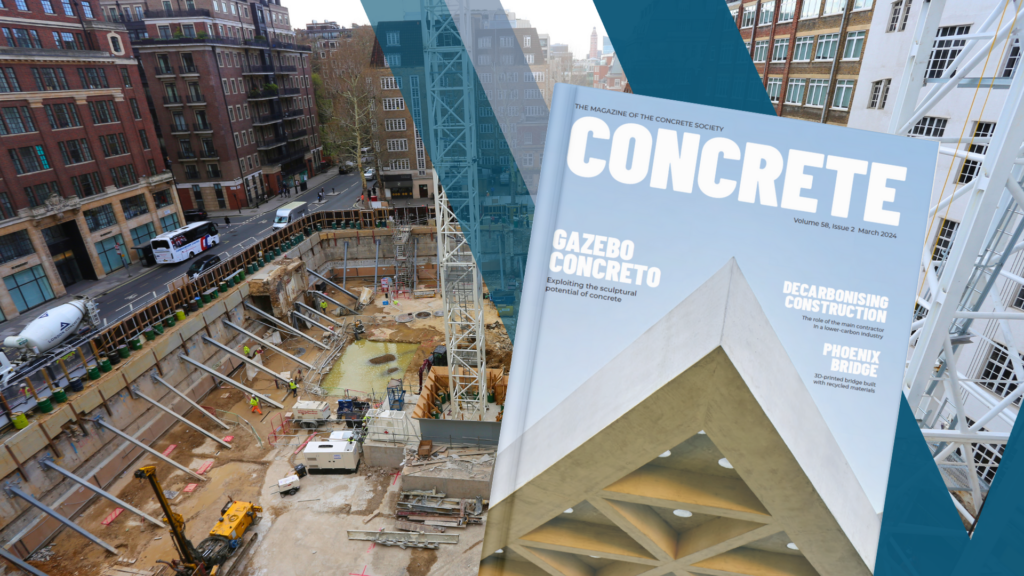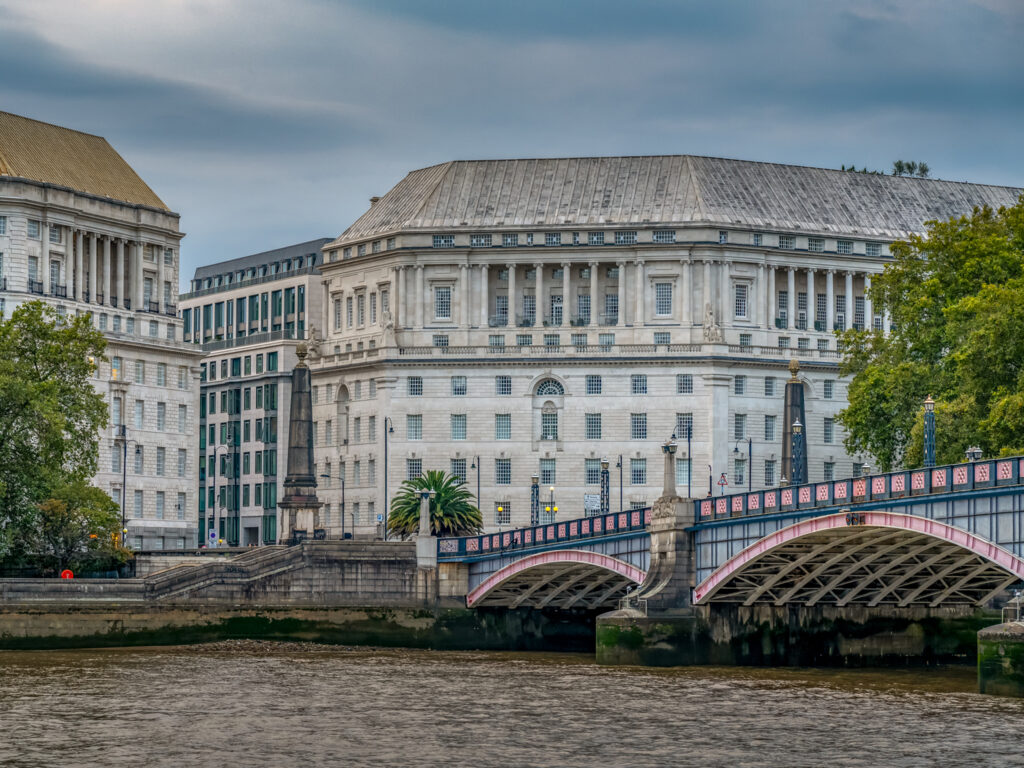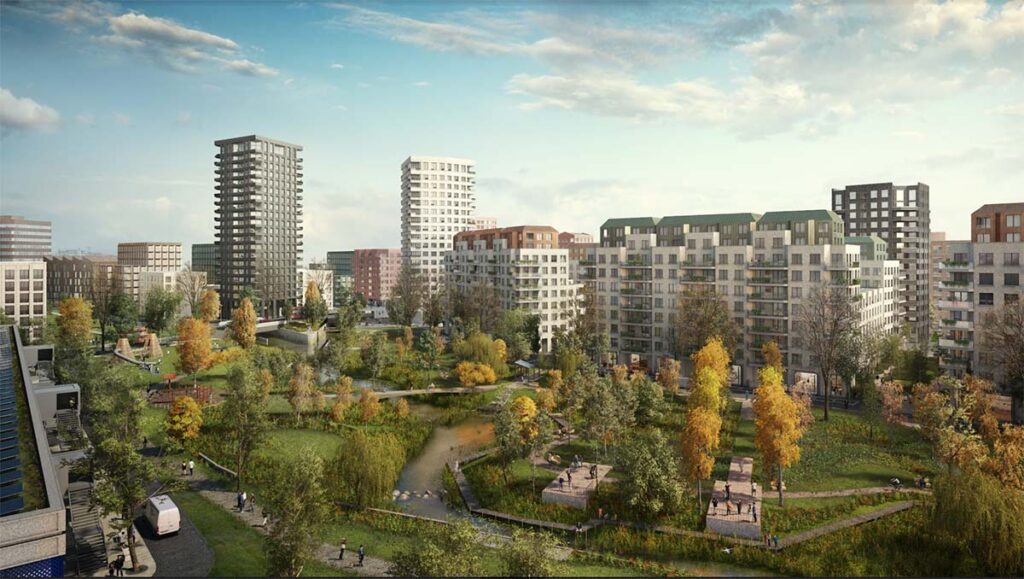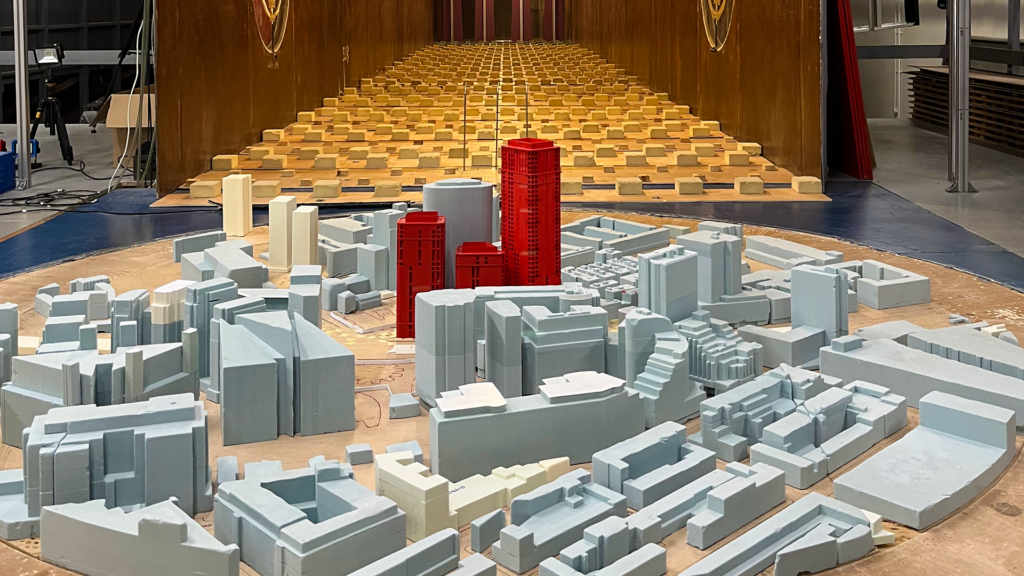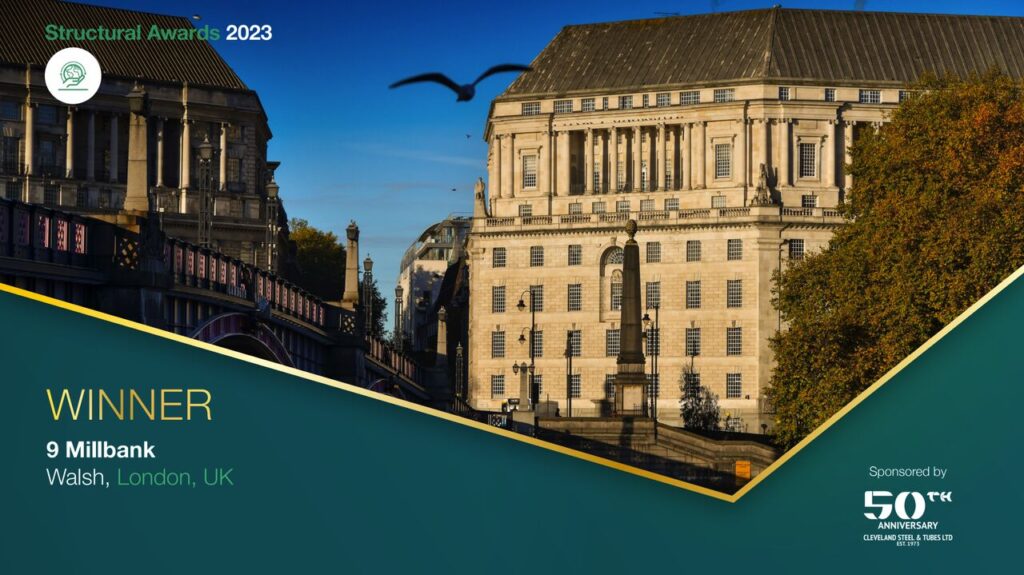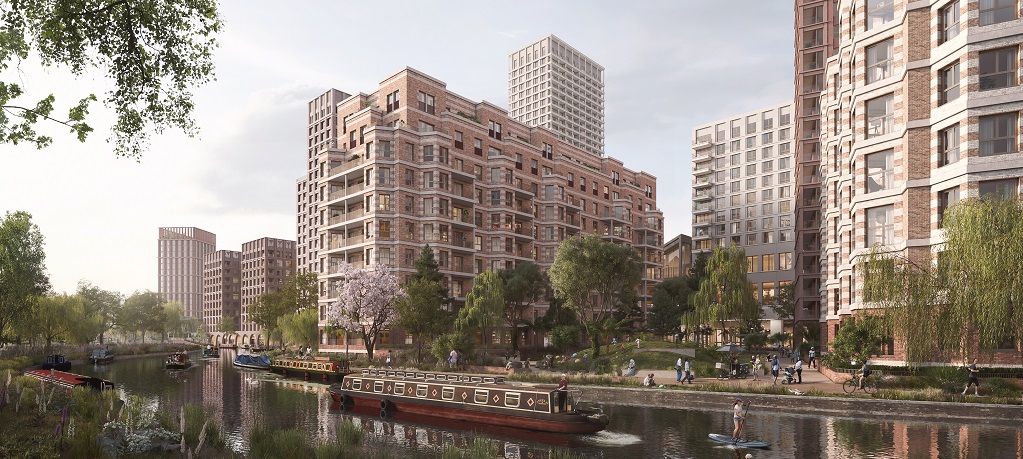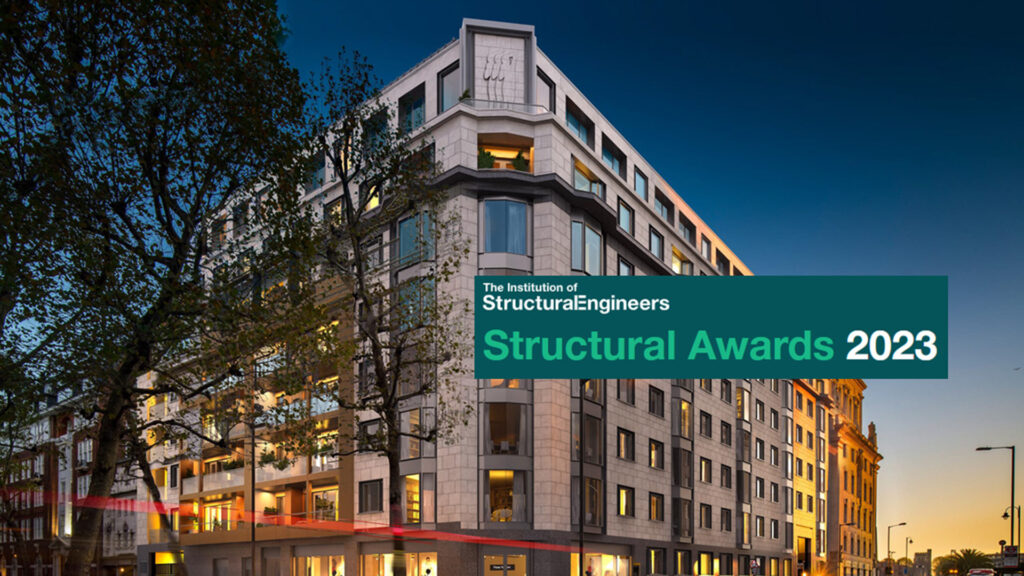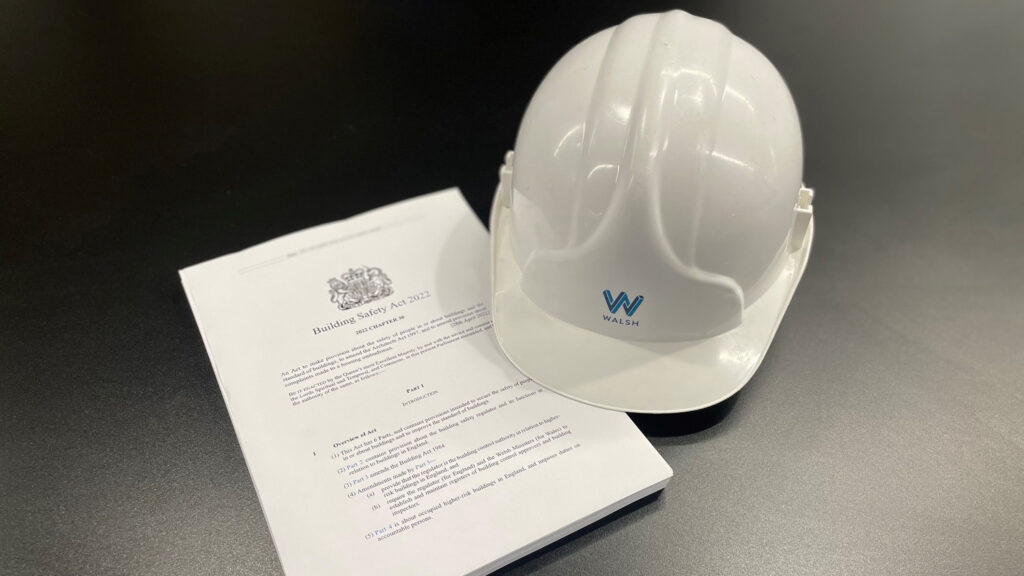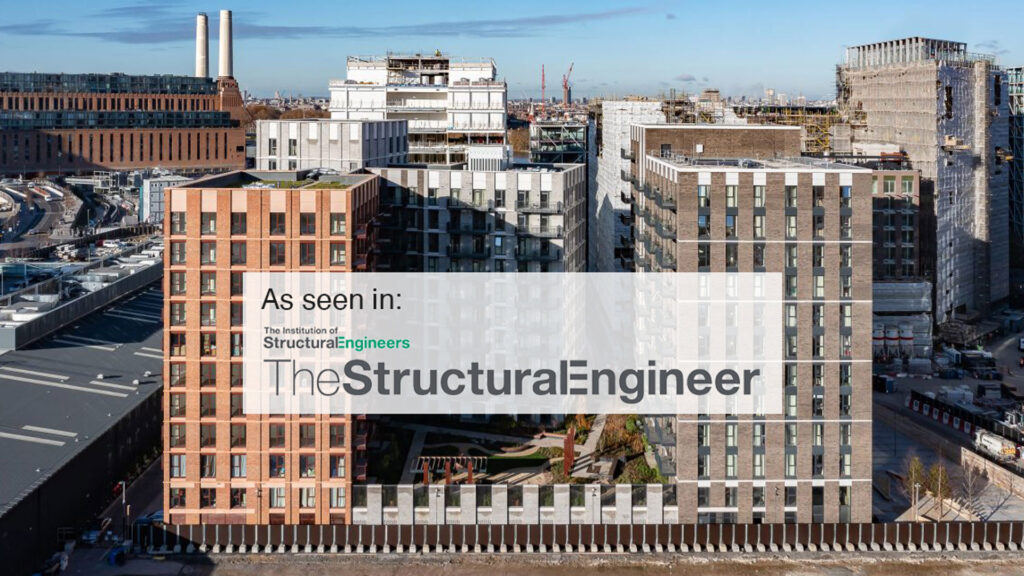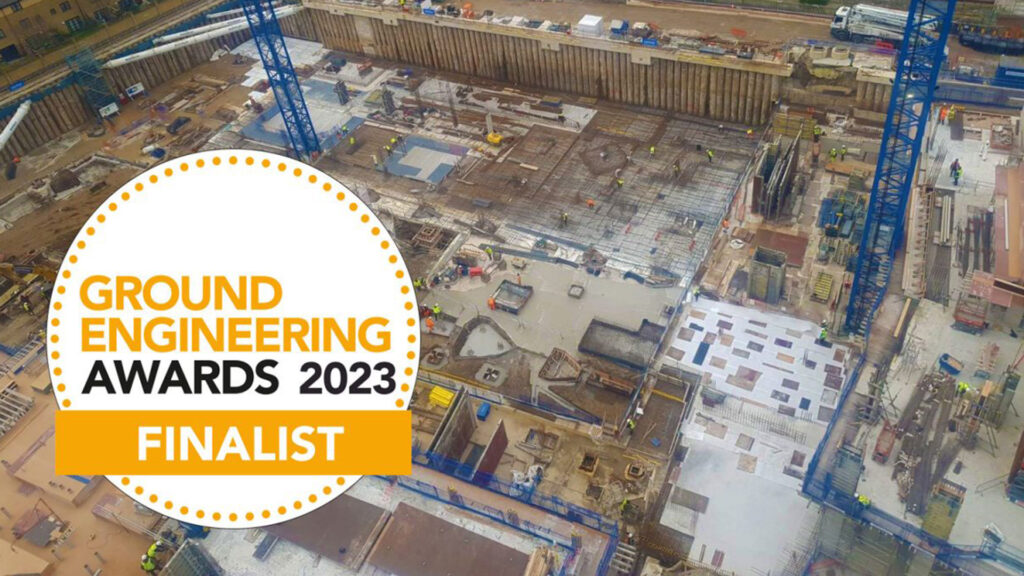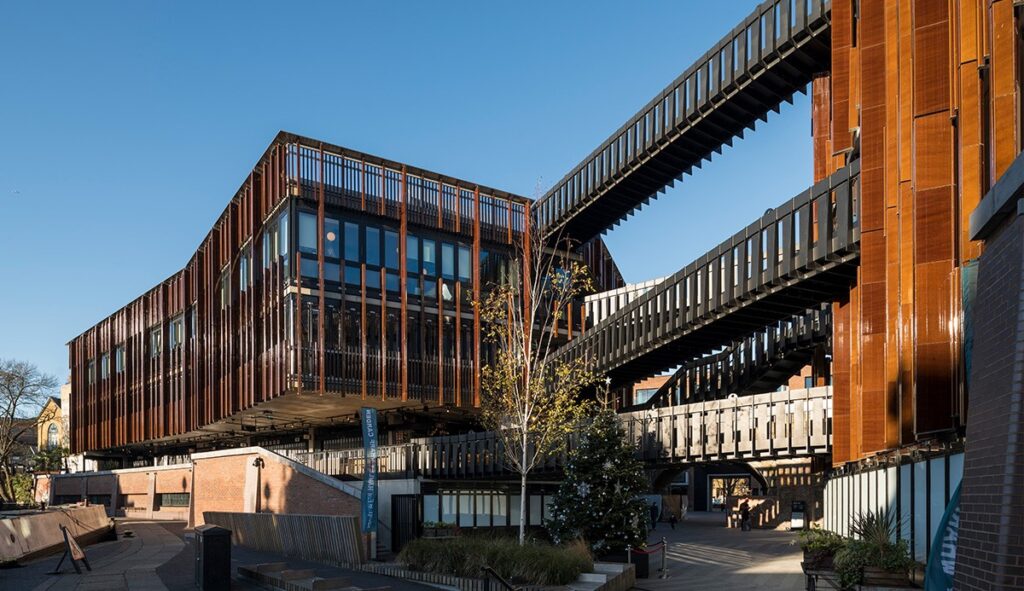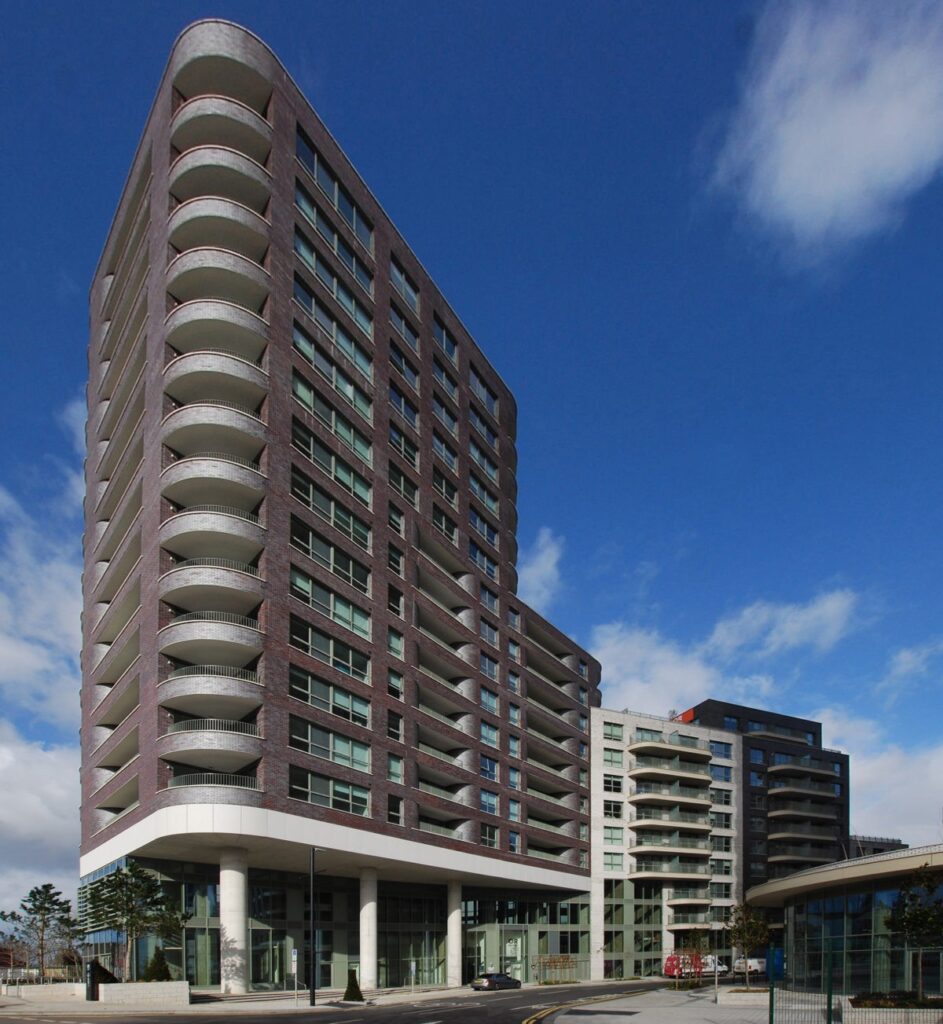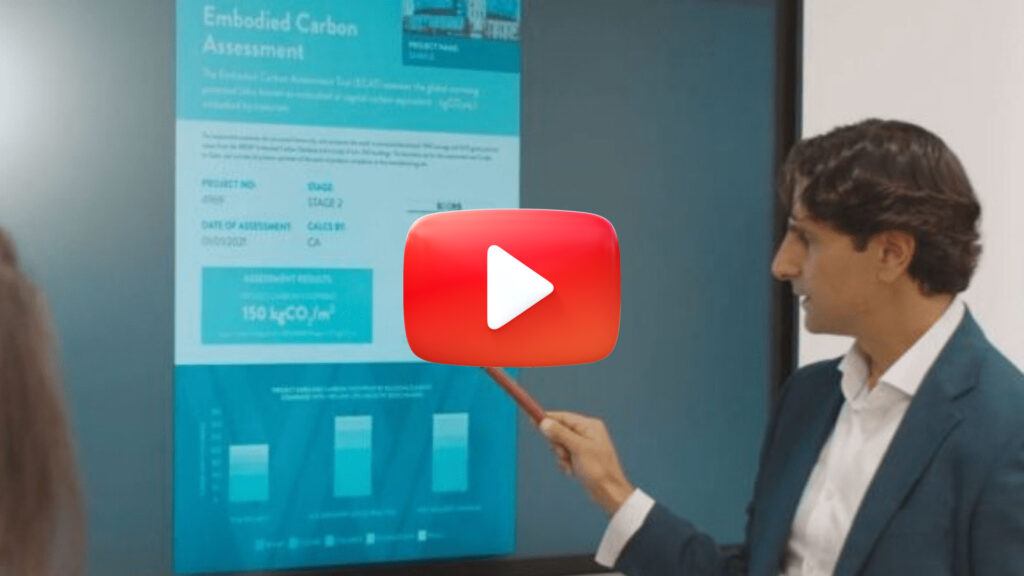Walsh recently moderated an insightful panel at UKREiiF, bringing together leading figures from diverse public and private sectors to debate the pivotal challenges and opportunities in building thriving, inclusive, and sustainable communities.
As structural, civil, and geotechnical engineers, we’re at the forefront of urban regeneration and play a critical role in shaping the future of our cities. Our core work involves delivering regeneration schemes, that heavily emphasise environmental considerations.
So why highlight this debate now?
We initiated this discussion to explore the complex interplay between industry practices, political commitments, and community needs.
This article provides an overview of an important insight into private and public sector aims for future regeneration.
With the general election on 4th July and the major political parties offering a glimpse into their plans for the built environment, do any of the insights from the discussion align with the manifesto pledges of the main parties?
Chaired by Walsh director Peyrouz Modarres, the speakers were:
-
Laura Percy, Senior Development Director at Landsec U+I
-
Simon Delahunty-Forrest, Assistant Director Development, Planning & Development at Birmingham City Council
-
Roger Madelin, joint head of British Land’s Canada Water scheme
-
Kevin Larkin, Head of Policy & Communications at the Coalfields Regeneration Trust

Setting the scene: three Ps and the next generation
Peyrouz Modarres employed the Triple Bottom Line Framework of Profit, People and Planet, providing a useful lens through which to explore the sometimes competing priorities that must be balanced in successful regeneration.
He also asserted that surely every project must consider on the next generation, asking:
- Where will they live?
- Where will they work?
- How can we protect their future environment?
- How can we best protect their interests while still ensuring that profit can be made from regeneration schemes?
The profit paradox
A straw poll of the audience revealed total support for the people and planet part of the equation. Nobody backed profit!
This response highlights a contradiction in urban regeneration. While there’s a widespread desire to prioritise people and the planet, the reality is that profit often drives decision-making.
This disconnect between values and practice underscores the complex balancing act required in successful regeneration projects.
Private-sector success and public-sector investment
Roger Madelin addressed this contradiction head-on, by highlighting the symbiotic relationship between private-sector success and public-sector investment, arguing that profit is essential, as without the tax revenue it creates there is no public money for regeneration.
Expanding on this point, he emphasised, “There’s no such thing as public money. The local private sector has to make money to pay taxes to give to the public sector to spend money. You’ve got to work together to grow the economy.”
He also noted the need for balance between sustainability goals and financial viability in regeneration projects, saying, “Everyone wants to talk about environmental sustainability in the future and long term, but if the returns don’t work, they ain’t going to give you the money.”
“There is no such thing as public money. The local private-sector has to make money to pay taxes, to give to the public-sector to spend money. You’ve got to work together to grow the economy.”
Roger Madelin
The role of public-private partnerships
A key theme that emerged in the discussion was the critical importance of public-private partnerships in delivering large-scale regeneration and developing sustainable communities.
Laura Percy highlighted Landsec U+I’s Mayfield, Manchester development as a prime example, where public investment in a new public park, hailed as the best new park in Britain, has laid the foundation for a new mixed-use neighborhood.
This achievement was possible only through close collaboration between the developer, the local authority, and other key stakeholders.
Percy emphasized the benefits of having Manchester City Council as a partner in the development.
She also sits on the the Greater Manchester Business Board, which she believes provides a key interface between the private-sector, investors, the Greater Manchester Combined Authority, the mayor’s office, and other key public bodies and universities. From her point of view, this means: “We can’t think just within our own boundaries, we think as a joined-up city region and that to me is just the right way.”
She believes that cohesive and collaborative planning, supported by Manchester’s strategic regeneration framework, is essential. This framework establishes regional principles across key areas, ensuring that all efforts are interconnected.
“We can’t think just within our own boundaries, we think as a joined-up city region and that to me is just the right way.”
Laura Percy
How do community and profit combine?
Simon Delahunty-Forrest isn’t adverse to developers needing to make a fair return, yet believes this cannot come at the expense of delivering social value for the local community. A mutual understanding and cooperation culture between public and private-sectors is essential.
When things are done correctly, and projects are not simply given to the highest bidder, he believes great things can be achieved, commenting: “We’ve got to be pragmatic. You have to negotiate. You have to collaborate. And you have to get over yourself, because we can all do great things together.”
Simon cited a Birmingham city centre park creation project, delivered through negotiation and collaboration with the private sector. Developers were initially negative about the project, but ultimately came on board to create a shared vision that mixes parkland with housing, delivering for everyone involved.
This perspective from a seasoned public sector professional underscores the need to break down barriers between the public and private-sectors to deliver effective regeneration.
“We’ve got to be pragmatic. You have to negotiate. You have to collaborate. And you have to get over yourself, because we can all do great things together.”
Simon Delahunty-Forrest
Differing needs across communities
Kevin Larkin spoke about the challenges in former mining communities. Housing stock is both available and affordable, but work is scarce.
Highlighting that “there are areas in the former coalfields where you can get houses for £40,000 to £80,000 pounds, good solid Victorian family homes, but the problem is is no one can get there and there aren’t the jobs there to sustain that.”
Across the former coalfields, there are around 57 jobs per hundred residents, whereas in main regional cities such as Leeds, it’s 88.
Development in these areas should therefore concentrate on job creation through initiatives such as industrial parks, to enable people to work where they live, especially given the lack of public transport.
Larkin emphasised the striking contrast to the infrastructure challenges faced in major cities. He noted that people in the communities he works with “would kill for” the transport connections of a city like Manchester, stating: “A car is a non-negotiable. You can’t get around on public transport. There’ve been such huge bus cuts in many of our former mining communities.”.
“There are areas in the former coalfields where you can get houses for £40,000 to £80,000 pounds, good solid Victorian family homes, but the problem is is no one can get there and there aren’t the jobs there to sustain that.”
Kevin Larkin
Design for people
One of the most thought-provoking contributions of the day came from a young architect in the audience. She challenged the panel to think more deeply about how to design for neurodiversity and to address the complex traumas that often exist in communities affected by regeneration.
This was a powerful reminder that successful development is about much more than physical design but requires a deep understanding of people and place.
Aligning political pledges with regeneration needs
Public-Private Partnerships:
The significance of public-private partnerships is echoed in some manifesto pledges, with the Conservatives promising to drive brownfield regeneration by creating locally-led urban development corporations in partnership with the private sector.
Addressing Community Challenges:
Have any of the political parties given thought to the challenges faced by different communities, and how policy can address this?
Inclusive Regeneration:
Is there hope that politicians will commit to inclusive regeneration in meaningfully?
Alleviating Overcrowding and Supporting Depopulated Areas:
Is there any plan in place to alleviate overcrowding in cities in a way that could support poorer, depopulated areas through population redistribution and job creation? This remains to be seen.
Manifesto Commitments and Planning Resources:
There are no direct manifesto commitments in this area. However, Labour has promised to provide funding for 300 additional planning officers, while the Liberal Democrats acknowledge that proper funding is essential to improve planning outcomes. Better resourced planning departments must have the capacity to focus on a wider range of issues and ensure that design and regeneration is inclusive and works for all.
So, what will the future bring?
What’s clear from our wide-ranging discussion is that both private and public-sectors are committed to a sustainable and people-focused future and have clear ideas about how to make this happen.
But it must be said that this level of knowledge and dedication is not seemlingly matched by any of the main political parties, who are big on promises in this area but worryingly light on specifics.
The discussion ended with a plea to the incoming administration to stop kicking the can down the road. Especially in regards to housing. For the homes and communities of the future to be delivered and the vision and ambitions of the UK public and private-sector to be realised, government money and a greater commitment are essential.
Continuing the debate
- Do you think political parties doing enough to support future urban regeneration?
- If not, what specific actions do you think the next government should take in this area?
- How could public-private partnerships be improved?
- Are we too focused on urban regeneration at the expense of other areas?
“The built environment in the UK holds immense potential. Better political alignment through local and national policy will help unlock this faster, but as a sector, we must not wait for change—we must be the change. Through strategic collaboration, we can create resilient communities that thrive for generations.”
PEYROUZ MODARRES
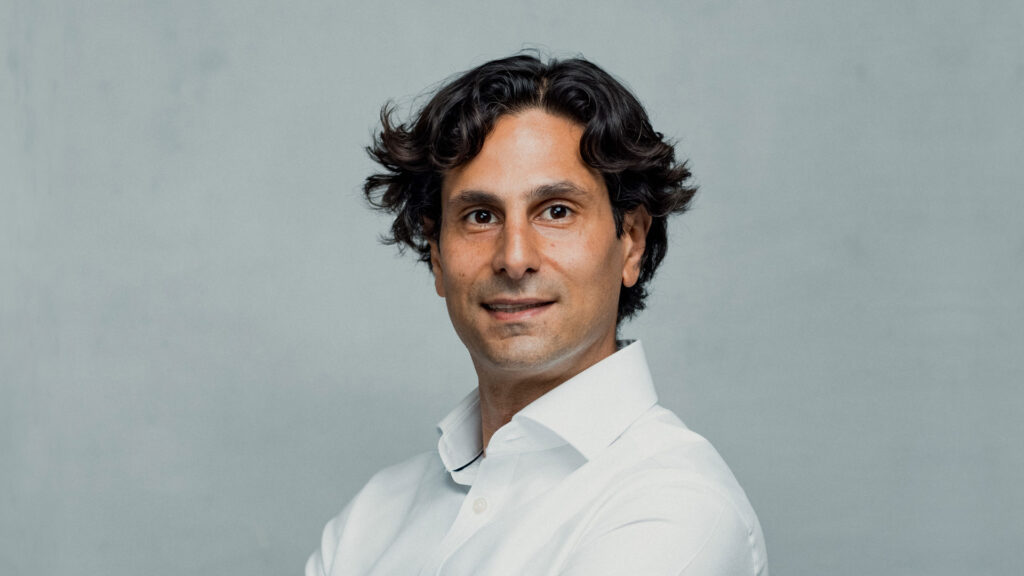
Get in touch with Peyrouz for more information about this panel discussion, a copy of the video of the full discussion, or to continue the debate. He’d love to hear your views on this critical subject.



